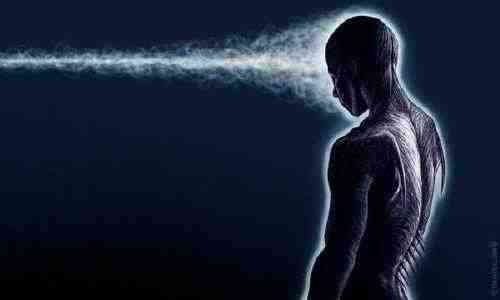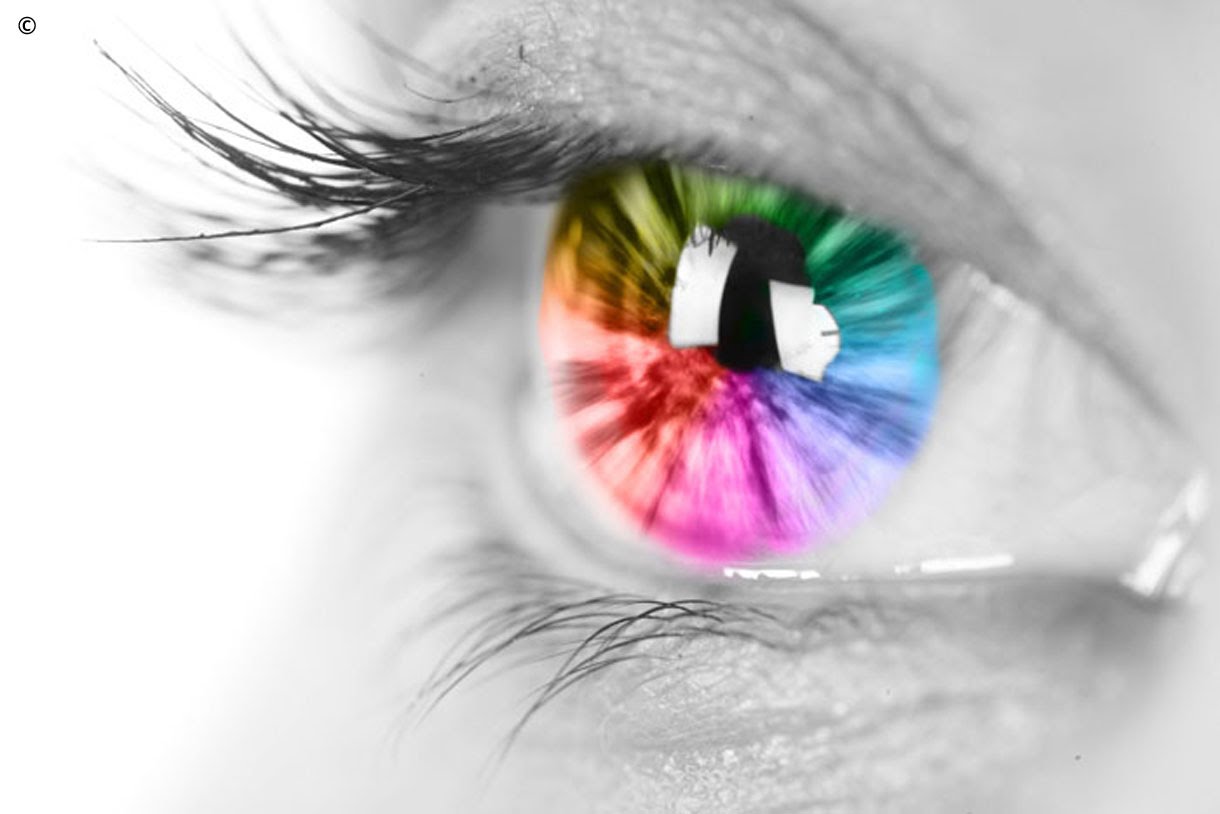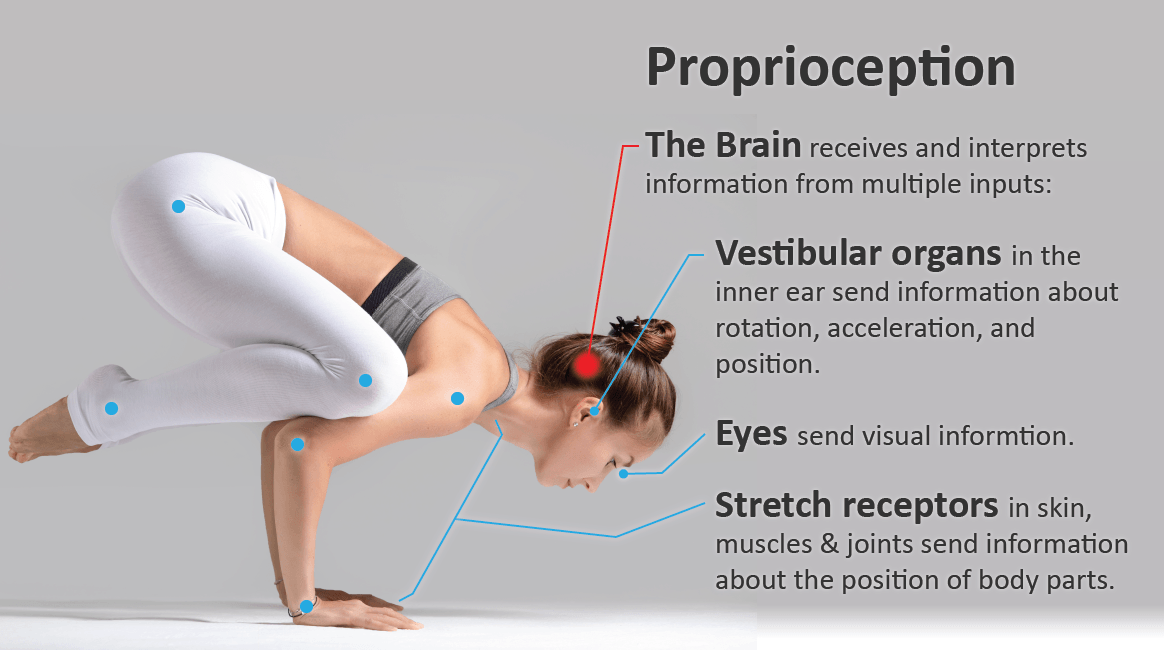If you want to play great golf.... dont just visualise

The mystery
There is a lot spoken about visualising golf shots, and despite so much being written on the subject, there are still lots of questions that need answers.
What we do know at a basic level, is that an important part of playing your best golf, is to 'see' the ball flight and landing spot, in your minds eye before hitting. The mystery surrounds the sequence and content of the imagery.
No one quite knows how often the top golfers visualise their shots when playing, or how much they personalise the process. Do the top players themselves know what imagery is ideal?.... and if it is, why that is so.
In fact does an ideal imagery exist.
Also, if a player is playing well and fully dialled in, are their visualisations keener, compared to how the golfer imagines the shot in their minds eye when playing poorly.
Also, when a top golfer is visualising a shot, does it mean he or she treats the club-ball contact as arbitrary? I really wanted to understanding more about visualisation and how it can help every golfer to play better?
Through months and months of observation and research, this is what I discovered.
'an important part of playing your best golf, is to 'see' the ball flight and landing spot, in your minds eye before hitting'.
To visualise or not to visualise
Lets look at the subject backwards. What might happen without any specific visualisation, just a basic intention?
A 10 handicapper lets say, is playing a par 3 of 170yds. At address he lines up parallel to the target, looks at the flag and swings the club, no visualisation.
He strikes the ball flush from the middle of the clubface, the ball takes off towards the green and lands 8ft from the flag. Its the best 6 iron he has ever hit, and he gets a real buzz.
Next par 3 149yds, a good 8 iron. The same player lines up parallel to the target, looks at the flag, swings the club, and fats the shot into the pond in front of the green.
I know this is what can happen, because I have done similar myself.
In these circumstaces and with only vague intentions, the shots were both successful and unsuccessful. The question is then, would a complete lucid visualisation have ensured a less than random result for each shot?
The video to the right shows Jordan Spieth playing the 12th hole during the final round of the 2016 Masters at Augusta. Unfortunately, this is the hole where he blew his chance of winning his 2nd green jacket, by hitting into the water.
Would he have miss-hit so badly, if he was just concentrating on clean contact?
Would he have miss-hit so badly if he was just concentrating on clean contact??
'Well thats golf'
The example above, about wildly differing results on par 3's........ during the same round, by the same golfer is pretty typical. Most of us have done something similar. The answer might be, 'well thats golf', and that term although its a bit of a throwaway line, is so accurate, but why does it have to be that way? Could golfers of all levels, play to their best standard more often, and make the outcome of their shots a bit more predictable? I started to to wonder.
I began to track my thought processes during play and practise. I wanted to find a genuine reason why I was getting such wildly differing results. Something was amiss, and it had to be to do with how my body/mind was learning. Maybe my focus was in the wrong place, my striking skills were under developed, or there was some sort of emotional perterbance affecting my concentration. I was the same player, using a very similar routine and action. Yet there was a randomness about the result of each golf shot. So, I set about trying to figure out why human motor functions work seamlessly with some tasks, and not others.
Our motor function wants to identify a pattern, this way it can be memorised to use again. We can easily observe this while driving our car, there is a ton of complexity and sensitivity at work whilst driving. Our motor function is fully involved. While our hands/arms are changing gear and steering, our feet operate the pedals, and our eyes are relaying information about road conditions thoughout the journey.
There are millions of drivers on the road, so despite the intricacies involved, driving is a simple task for a human to be able to do well.....but why is this so straightforward?.... when playing decent golf isn't.
The answer is contained in the word 'pattern'. Motor learning is very quick and efficient, but only if it can recognise a patten to repeat. If the feedback it receives is inconsistent, then a pattern isn't determinable, and learning efficiently isn't possible. The similarity between hitting golf balls and performing daily tasks is clear to see, the mind/body has to co-ordinate itself using the same senses and biological functions.
So what are the important differences?
The answer is contained in the word 'pattern' .

There is no 'mindfulness' with this task, we dont need to be consciously present or in tune with the process. there is hardly any reasoning input needed...............unless!
Whats for breakfast?
The difference between the relative ease of learning to drive, and the difficulty of hitting a golf ball with accuracy. is that whilst driving, the feedback is consistent.
The consistency in the way the car responds, allows our motor function to recognise and record the patterns quickly, this predictability means the motions can be repeated seemlessly. In golf, the feedback from our shots is inconsistent, so no pattern can be determined.
Also, the care and attention humans show when driving, doesnt need to be present in other basic daily functions.
Motor abilities such as walking, or getting dressed etc need very little care, accuracy, or intricacy in the way they are performed, but hitting a golf ball does.
To illustrate, lets make a comparison between........
How human physiology accomplishes the simple task of making buttered toast, and how the golfer goes about play and practice, in an effort to see what stands out.
Firstly, any process starts with an urge, a desire or an intention.
For this example lets use a simple task, its to eat some toast with a nice dob of creamy butter on it.............yuuum. As soon as this hunger/craving urge 'sets', a chain of events ensue. Off to the bread bin for some bread, in the toaster, out of the toaster, then to the fridge for the butter.
The body is on automatic, so while this is going on we could be humming a tune, thinking what to wear, flicking the kettle on, or anything really.
Next, our fingers flip the lid off the butter, and load the knife. We close your fingers around the slice of toast, and spread on it a nice thick layer. Nothing too difficult, we can all do this easily from very young.
There is no 'mindfulness' with this task, we dont need to be consciously present, or in tune with the process, because there is hardly any reasoning input needed...............unless!
Precise intentions.
Unless ..........you like your toast 'just so', with no crusts and buttered right up to the edge.
As soon as the intention from the rational/intellect/conscious mind gets more specific, the motor function is being prompted to work in a more accurate way.
If you can be mindful when doing a basic task like this, you will notice just how careful you will be, and how much your eyes are needed to guide the motions......and even though we all take tasks like this for granted, every new intention we make, sets off a fresh chain of events, and requires co-ordinated effort from several functions.
The body is easily able to make smaller and more accurate motions, when directed to do so. Our eyes become more involved when greater accuracy is required. Also, our hands become steadier, and intellect/reasoning still isn't involved.
The body is easily able to make smaller and more accurate motions when directed to do so.
How this example equates to golf ball striking and shot accuracy, is that just like the basic action of buttering toast (which which we all do below conscious thought), our motor function, will generalise the strike (also below conscious thought), unless intellectually and by intention, its prompted to work more specifically.
For the very good golfer, the contact of club on ball becomes arbitrary (Cambridge dictionary def: based on chance, rather than being planned or based on reason), unless finer detail is intended.

'Visualisation' is both necessary and unnecessary
Golfers can play to a high level without visuaisation, our motor skills take care of that but we are using only its basic abilities.
This brings us back to the topic of the article. If you want to play great golf.... dont just visualise. 'Visualisation' is both necessary and unneccessary.
Our motor function, with enough reps under its belt, is more than capable of hitting a golf ball well.....but the result of each shot will be entirely random.
Intellectual 'nudges' are needed to ask for finer accuracy regarding clubface direction, angle and path. The very highest level of shot accuracy, can only be found when our intellectual intention specifies exactly that. Only when feedback is consistent can a less random performance result.
.... and the huge bonus is, that the more specific the intention is.... and the tighter the parameters which the motor skills are asked to work within, the cleaner the feedback becomes, and the faster the golfer improves because patterns are more easily 'motorised'..
Visualisation 'is' intention
Intensive visualisation
The distant relative of hitting shots with only vague intention (described earlier), is to hit golf shots with intensive visualisation. Humans by nature will select the path of least resistance. We habitually choose comfort over suffering, and intensive visualisation is very taxing. To reach a superior level of shot accuracy the motor function has to digest the result of the shot, compared to the intention. If the intention is weak, and/or the content is too general, our motor skills have very little information to pattern the next attempt from.
If you watch the PGA Tour TV coverage, sometimes the microphones evesdrop on conversations between caddie and player. In these conversations, the pair discuss the details needed to select the right club to hit into a green. They calculate the carry distance, make allowances for the wind, decide what type of shot shape and trajectory is best, and what the ball is likely to do on landing. That is a fair amount of of content for a basic shot, let alone a shot that has more significance or difficulty.
The golfers visualisation tries to align with the conversation he just had with his caddie. What he visualises, with regards to the content and the intensity, are determined by his uniquness. You will hear very regularly that the player asks the caddie 'do you agree' before he hits?
Its pretty clear that playing very good golf is complex, and that the content and skill required to hit a successful shot with a predictable result is very high.........but making solid enough contact, often enough to be able to play very well, isn't. You see practise can be random as well, and still lead to good results. The problem is any golfer that ever lived, that has regularly practised without consideration to the tight specifics of the shot, can rarely beat the one who has. His shot results are more random, because thats all they can be.
Random shots can still be good ones, and if you hit enough of them during a round, the score will be pleasing.
However, predictable shot success can only occur if the player has seen the contact he wants to make vividly in his minds eye. If the shot flies just as intended, it has powerful conditioning effect. The vividness of this imagery will include any body/limb action he needs to match the specifics of the shot. The process is unique and personal to each player, just as much as the visual appearance of their action when compared against another golfer.
Visualisation is intention, and the content of that visualisation, is the only type of feedback our motor function can make adjustments from.
The possibilities
To convince yourself of your own possibilities take a look at a photo realistic painting on the right.
The painter Gottfried Helnwein, paints hyper-realistic portraits which are indeterminable form a photgraph.
This type of task, ranks amongst the highest form of precise motor skills. The intricacy in transferring what the eye sees, to what the motor skill produces is phenominal.
Without the most specific of intentions and complete commitment, a painting like this wouldn't be possible. The microscopic attention to detail in this painting can be compared to the amount of content and detail a golfer can apply to his game, if he can understand how..
If a golfers intention approaches anywhere near this level of detail in regards to the striking of a golf ball, his best golf is only months away.
If you want to play great golf....dont just visualise.
Intensely visualise.
Use your 'sixth sense' to play your best golf
'A golfers swing isn’t a mathematic equation, it’s a sensory action with the tiniest of intellectual input......read more!

Hit the ball 100 different ways
'For some weeks through that summer, I had a nagging feeling, that the way I was practising wasn’t quite right'.........read more!







